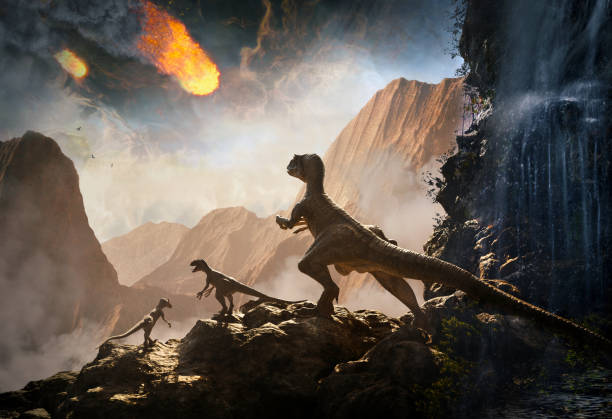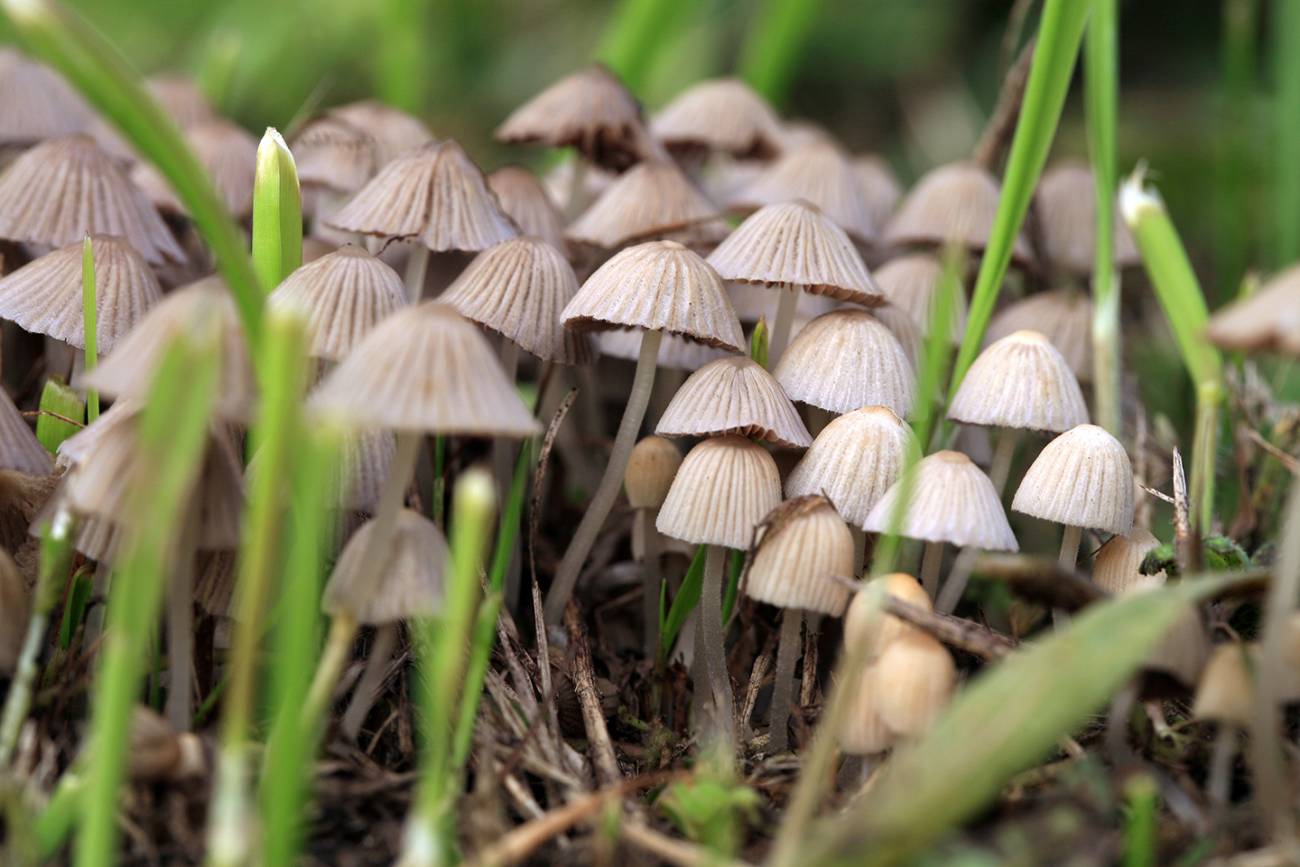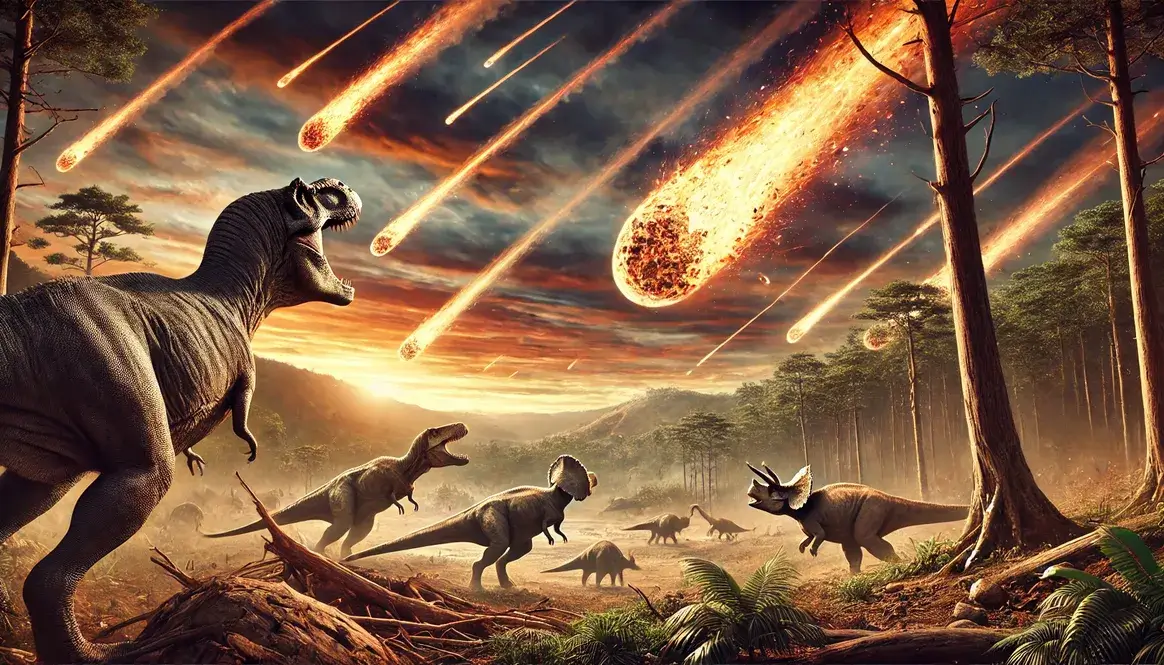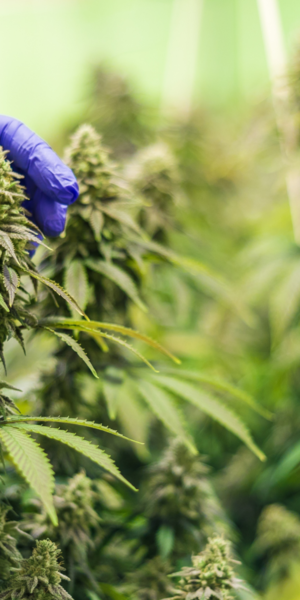Did Psilocybin Arrive From Outer Space? New Genomic Study Opens the Door to a Cosmic Possibility
LOS ANGELES — The psychedelic compound psilocybin has long intrigued researchers for its potential to treat mental health conditions, but a groundbreaking study is now shedding new light on where these mushrooms came from—and it’s sparking speculation that their origins could be cosmic.
A team from the University of Utah and the Natural History Museum of Utah (NHMU) recently conducted the largest genetic study to date on the Psilocybe genus, the group of mushrooms that produce psilocybin and psilocin. The results are rewriting the timeline for these fungi and hinting at an evolutionary story that coincides with one of Earth’s most dramatic events: the extinction of the dinosaurs.
A Timeline Written in the Stars?
Using DNA from 52 Psilocybe specimens—39 of which had never been sequenced before—the researchers built a new evolutionary tree. They found that the genus emerged roughly 65 million years ago, the same period when a massive asteroid struck the planet, wiping out most dinosaurs and reshaping life on Earth.

Raptor Dinosaur observing asteroid impact and wondering where’s the ‘shrooms
For most scientists, that timing is simply an interesting evolutionary marker. But for those open to more unconventional theories, it’s fuel for the idea that life’s building blocks—and perhaps even certain fully formed organisms—could have been delivered to Earth by meteorites or comets.
While the mainstream view is that Psilocybe evolved here on Earth, the coincidence of timing, combined with the complex molecular machinery required to produce psilocybin, makes the “interstellar hitchhiker” theory hard for some to resist.

Alien invasion?
Two Paths to the Same Trip
One of the study’s key findings is that psilocybin production appears to have evolved twice within the genus. Scientists identified two distinct gene arrangements within the psilocybin-producing gene cluster, suggesting two separate evolutionary events led to the compound’s development.
“This independent acquisition is remarkable,” says lead researcher Alexander Bradshaw. “It shows that psilocybin might have significant adaptive value, even if we don’t yet fully understand what it does for the mushroom.”
Why Would a Mushroom Make Psilocybin?
In humans, psilocybin’s similarity to serotonin means it binds tightly to serotonin receptors in the brain, leading to altered perception, mood changes, and in some cases profound therapeutic benefits.
For the mushrooms, the evolutionary purpose remains uncertain. One leading theory is the “Gastropod Hypothesis,” which proposes that psilocybin evolved as a chemical deterrent against slugs and snails—major mushroom predators during the post-asteroid era. By producing compounds that altered or deterred these creatures’ behavior, Psilocybe may have gained a survival advantage.
Other theories point to insect defense or even microbial competition, but definitive proof remains elusive.
The Role of Museum Collections
Another standout element of the research was the use of “type specimens”—official reference samples for each species—from museums around the world. These rare specimens are often decades old, and in some cases represent the only known collection of a particular species.
Without these historical archives, researchers say, mapping the genetic diversity of Psilocybe at this scale would have been impossible. The team is now working to sequence every known type specimen in the genus, which could further illuminate psilocybin’s evolutionary journey.

Why This Matters for Medicine
The resurgence of psychedelic research has put psilocybin at the center of conversations about new treatments for depression, anxiety, PTSD, and addiction. Understanding the evolutionary origins and genetic diversity of psilocybin-producing mushrooms could help scientists identify variants with unique chemical properties—possibly leading to new therapeutic formulations.
Senior author Bryn Dentinger notes that “nature has already done millions of years of research and development. The diversity of compounds out there is vast, and understanding where they come from can help us use them more effectively.”
From the Cretaceous to the Clinic—and Beyond
Whether Psilocybe’s first psilocybin molecule was the product of Earth’s evolutionary processes or a passenger on a cosmic rock, the fact remains: it’s a chemical with the power to change minds—literally and figuratively.
For now, the extraterrestrial origin theory remains speculative. But given the timing of Psilocybe’s emergence, the asteroid connection, and the compound’s otherworldly effects, it’s a narrative that captures the imagination.


































